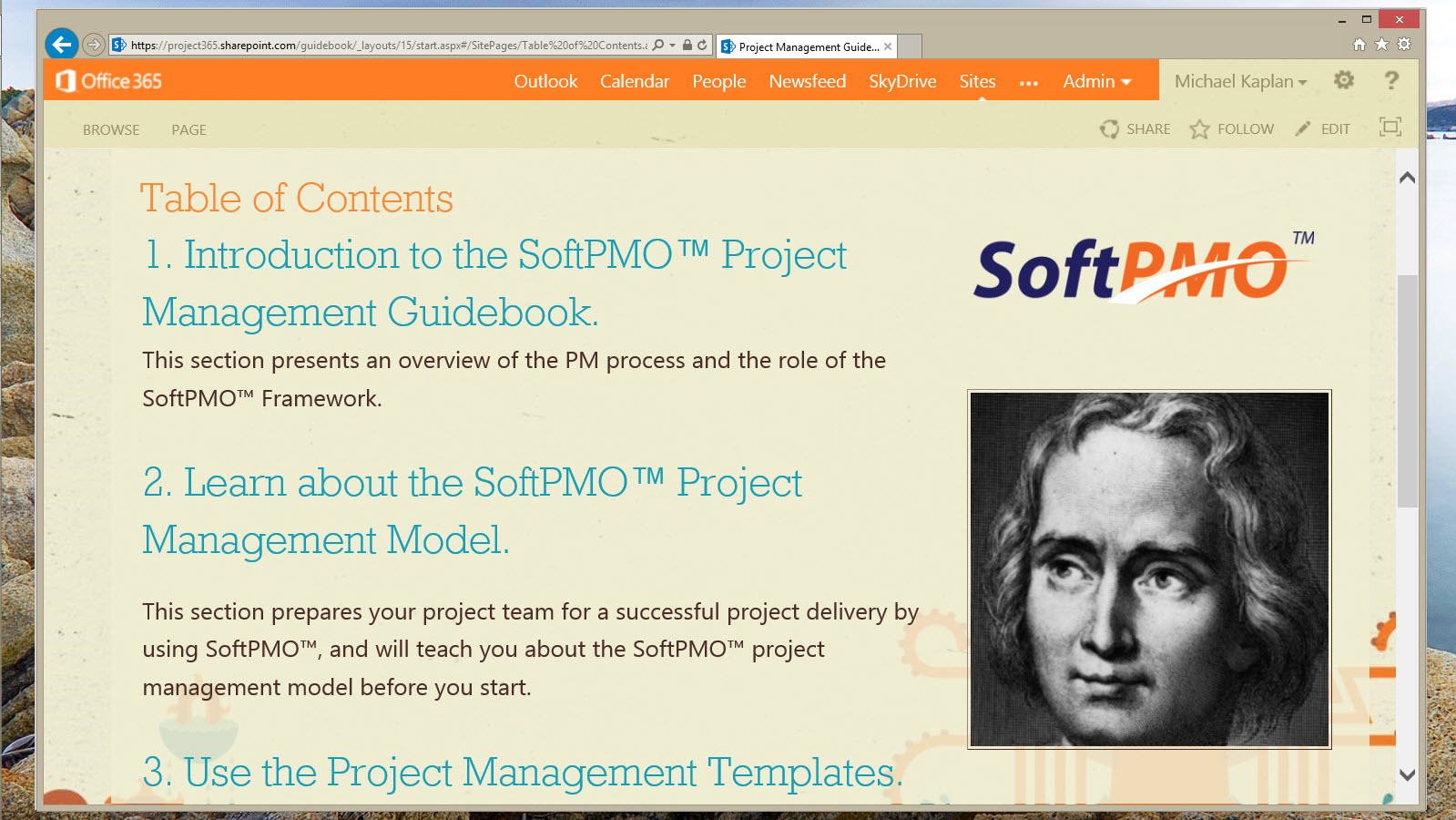Project Performance, Reporting and Monitoring

Measure project performance against established criteria
Every project is an investment with an expected ROI. Delays, cost overruns or scope reduction all diminish a project’s ROI. Often to the point where the project investment no longer makes sense. This is why successful project execution (or early cancellation) is critical to an organization’s success.

Measure and assess project performance success criteria for project scope, schedule, cost, quality, and risk. Quantify project plan performance variations. Determine the impact of project performance variations to the project and program, and discuss results with key stakeholders. Recommend and discuss corrective actions for improving project performance variations with key Stakeholders, and ensure they are aligned to program and project objectives, and governance procedures.
Improve customer satisfaction and focus.
Practices
- Define project success criteria for scope, schedule, quality, cost and risk.
- Measure project performance against defined project success criteria. Determine project performance deviations, understand their root cause, and net effects on the projects and program. Publish and communicate project performance deviations to key stakeholders.
- Determine if changes to the project, or program necessitate rebase lining measures of progress. Submit change requests to the appropriate governance authority for review, action and approval, as needed, prior to adoption. Revised criteria should be communicated to project managers for incorporation and use in future performance reports.
- Recommend, implement and monitor remedial action, when required, in line with the program and project governance framework.
- Increased business satisfaction and customer attention
- Strong business inclination in the organization for project management culture
- Variations and exceptions to the plan identified and handled in a timely manner
- Favorable progress published and communicated and enhanced stakeholder commitment and confidence
- Unsatisfactory reporting of project progress and exceptions
- Ineffective control over project monitoring, control and progress
- Loss of focus on customer expectations and business needs
- Lack of attention on business expectation and customer needs













